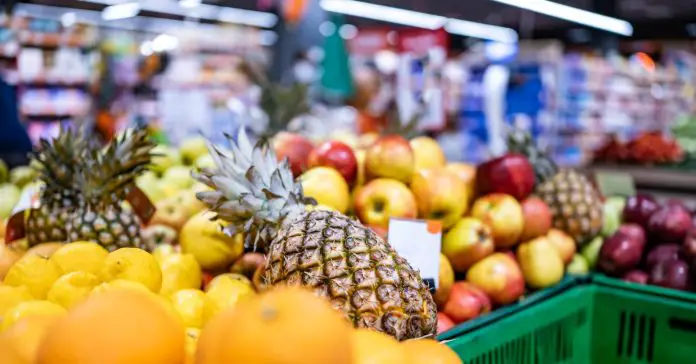Key Takeaways
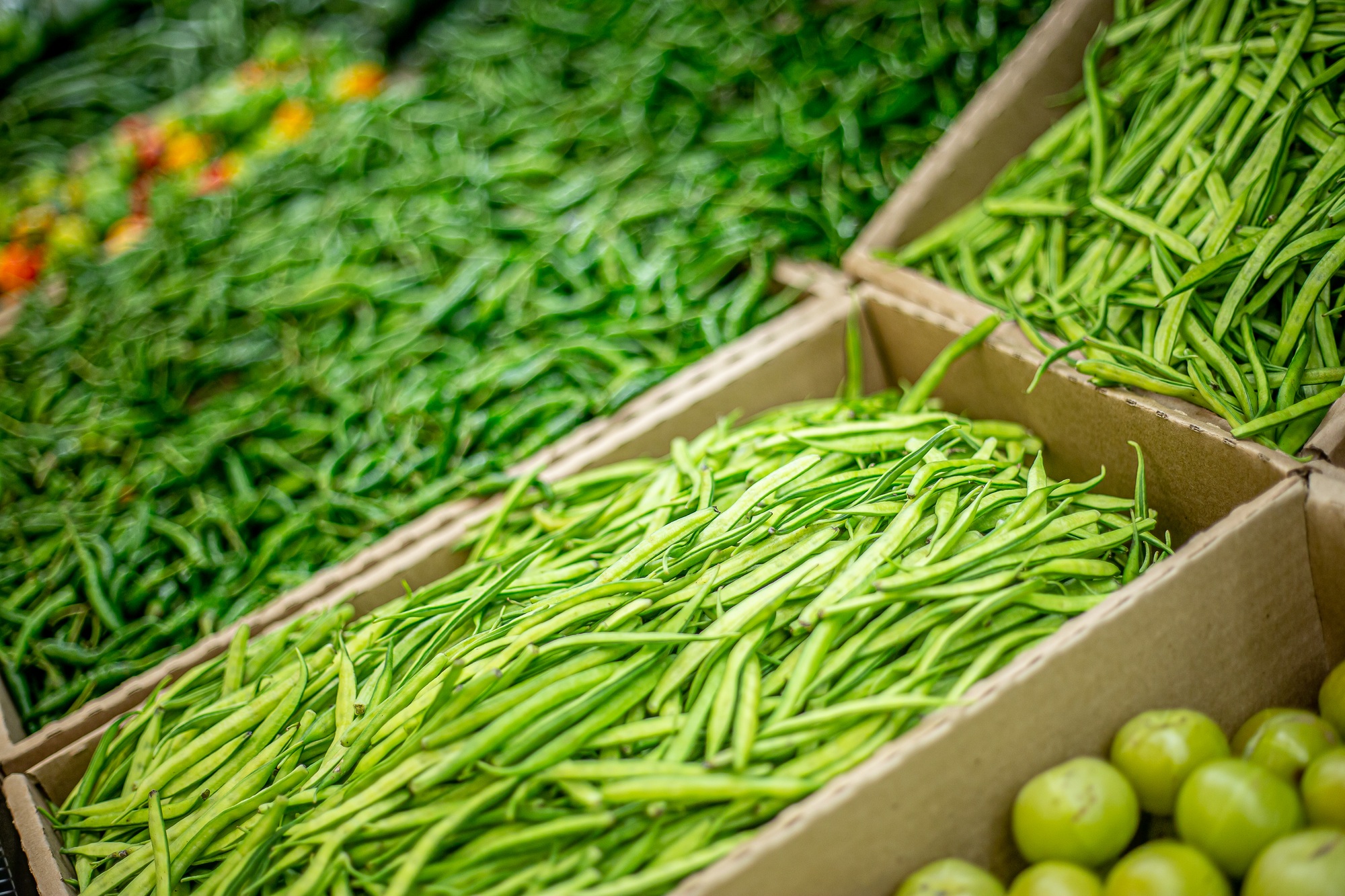
- Know Your Audience: Understand the preferences of consumers at farmers markets, focusing on locally sourced, high-quality items that promote sustainability.
- Diverse Product Offering: Include a range of items such as fresh produce, baked goods, and handmade crafts to attract a wider customer base and enhance your market presence.
- Engagement is Key: Foster strong relationships with customers by greeting them, sharing stories about your products, and offering samples to create personal connections.
- Effective Promotion: Use eye-catching displays, social media marketing, and email newsletters to promote your booth and drive traffic to your stall.
- Competitive Pricing: Set prices that reflect product quality and market trends, while considering bundle deals or discounts to encourage larger purchases.
- Networking: Collaborate with other vendors to increase visibility and create joint promotions, enhancing foot traffic to your booth.
Farmers markets are vibrant hubs of local culture and community, offering a unique opportunity for you to showcase your products. Whether you’re a seasoned vendor or just starting out, knowing what to sell can make all the difference in attracting customers and boosting your sales. With a diverse range of items in demand, the possibilities are endless.
Overview of Farmers Markets
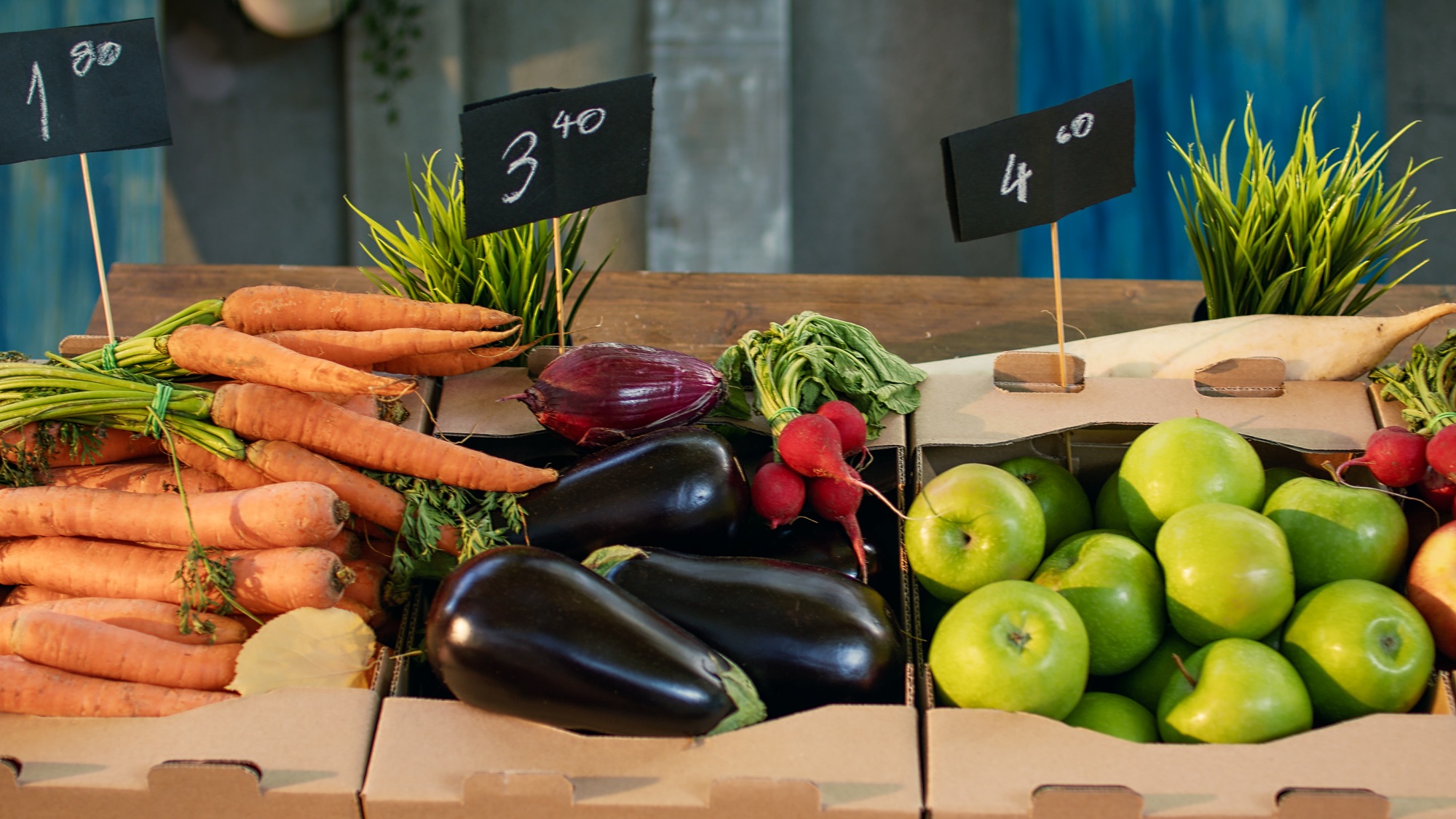
Farmers markets serve as vibrant retail settings where local producers connect with consumers. You can find an array of products, including fresh produce, artisanal foods, and handmade crafts. These markets foster community engagement while providing small businesses with a platform to showcase their goods.
Understanding your target audience becomes vital in this environment. Consumers often seek locally sourced items that offer quality and sustainability. Selling fresh fruits, vegetables, baked goods, or handcrafted items can result in strong sales and repeat customers.
You might consider that farmers markets operate under specific schedules and terms, so staying informed about local regulations and seasonal trends enhances your selling strategy. Engaging with customers at these markets builds relationships, which can lead to increased loyalty and support for your small business.
Popular Things to Sell at Farmers Market
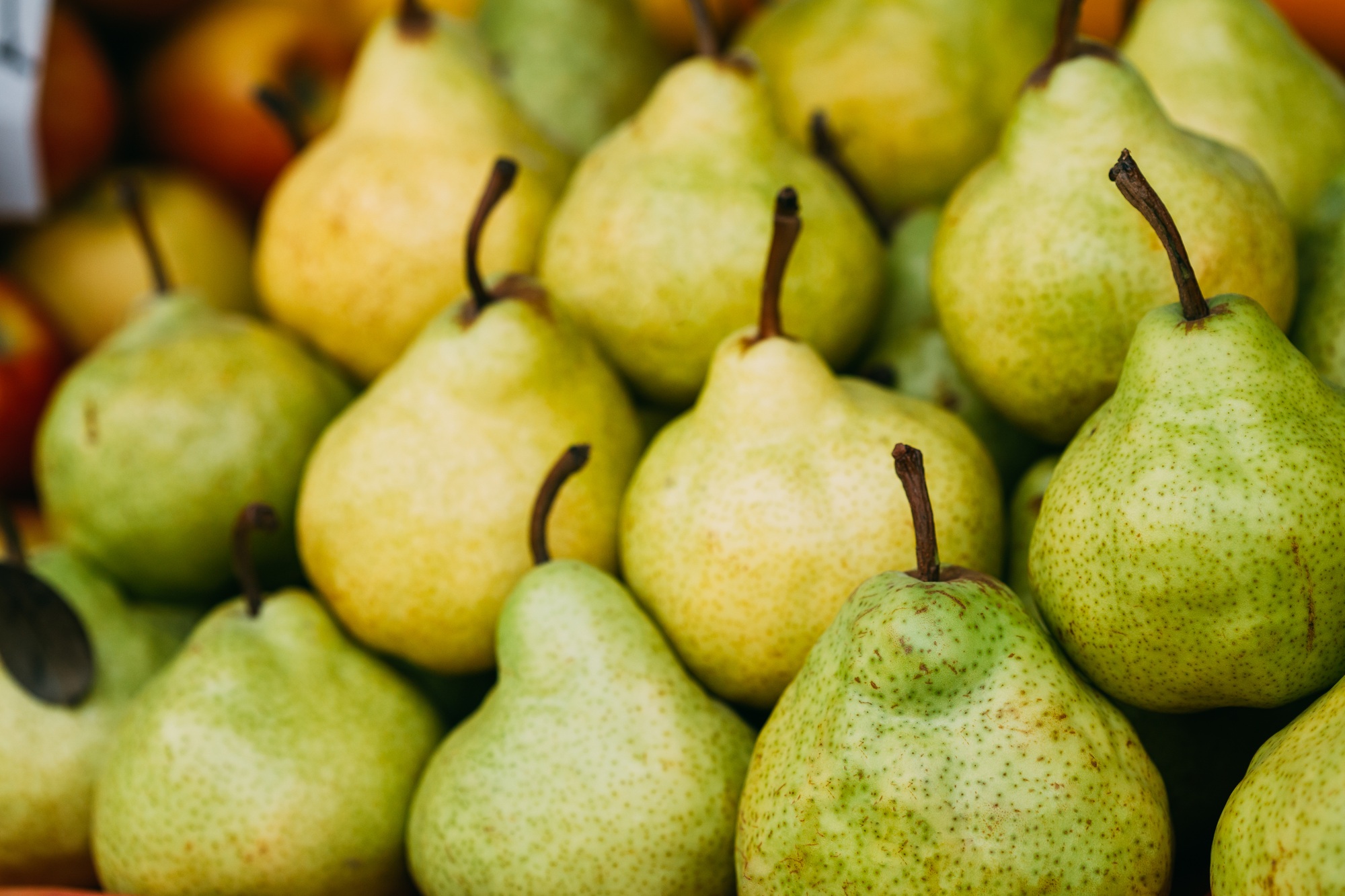
Consider selling items that resonate with the interests of your target audience. Various products attract customers and enhance your small business’s presence in the retail environment of a farmers market.
Fresh Produce
Fresh produce plays a crucial role at farmers markets. You can offer a variety of fruits, such as apples, blueberries, and seasonal fruits, to catch the eye of health-conscious consumers. Listing seasonal vegetables encourages diversity in your offerings. Fresh herbs like basil, rosemary, and thyme appeal to both cooking enthusiasts and gardening fans. Nuts and seeds, including almonds, cashews, and sunflower seeds, provide excellent snacking options. Fresh eggs from local farms or backyard chickens enhance the fresh appeal. Local dairy products, such as milk and cheese, are often popular choices as well. Authentic meat products from local farms, such as beef, pork, and poultry, add further value to your stall.
Baked Goods
Baked goods often capture attention with their enticing aromas and visual appeal. Consider offering artisan bread, cookies, and pastries to attract a diverse customer base. Use organic ingredients when possible, as this aligns with the trend of conscious eating. You can also consider gluten-free or vegan options to cater to specific dietary needs. Highlighting freshness and quality will set your baked goods apart in a competitive retail space.
Handmade Crafts
Handmade crafts allow you to showcase your creativity and individuality, providing a unique touch to your stall. You can offer items like handmade soaps, candles, and pottery that resonate with consumers seeking unique gifts or home décor. Ensure your crafts emphasize quality craftsmanship and local sourcing, as many customers look for authentic, artisanal products. Displaying your handmade goods effectively will draw the attention of visitors and create lasting impressions.
Tips for Selling at Farmers Markets
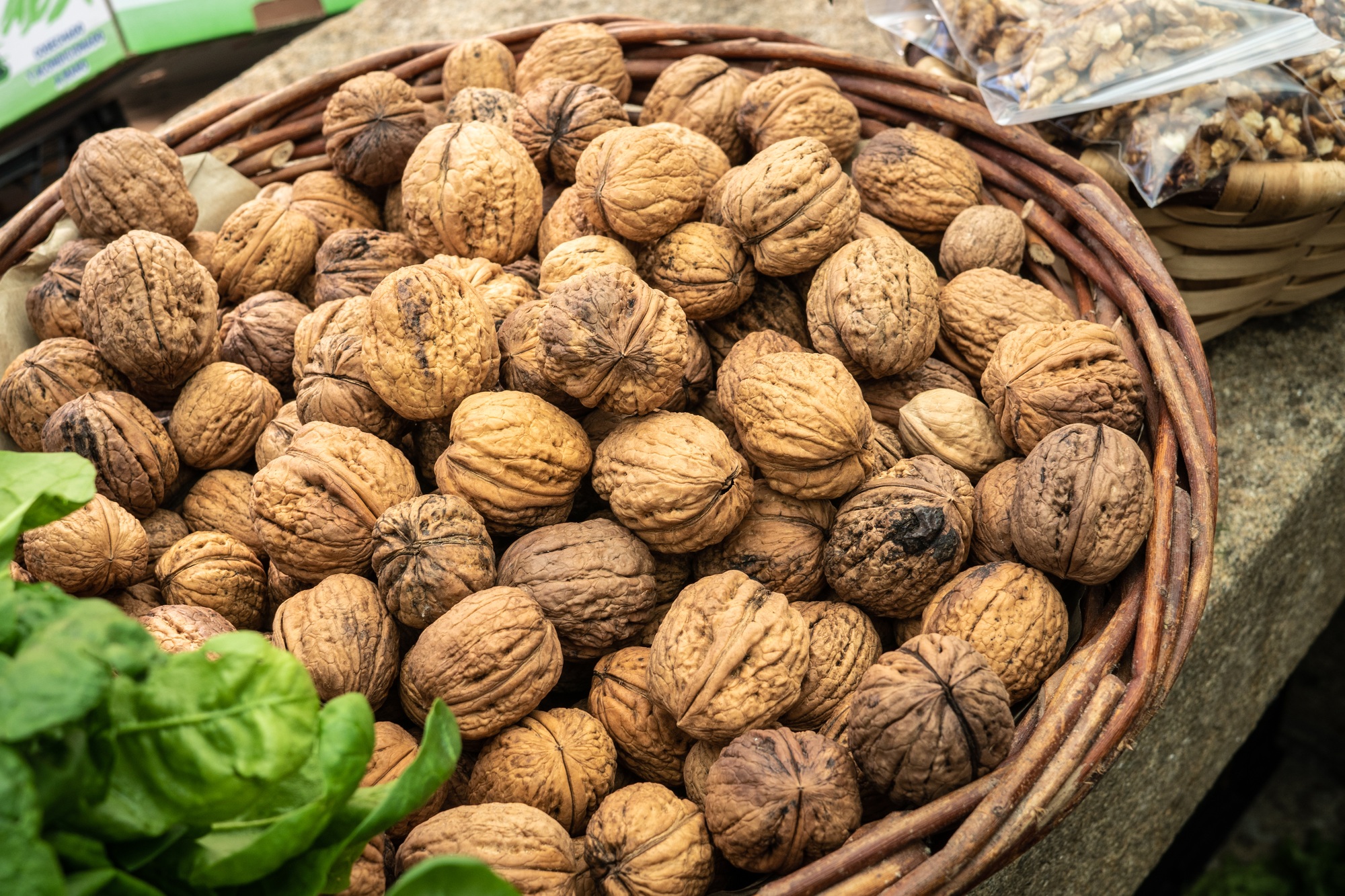
Selling at farmers markets offers a vibrant setting for your small business to thrive. Focus on strategies that enhance customer experience and encourage repeat visits.
Pricing Your Products
Set competitive prices that reflect both quality and value. Consider local market rates while ensuring margins support your business sustainability. Implement strategies such as bundle deals or discounts for larger purchases to incentivize sales. Monitor customer feedback to adjust prices as needed, maintaining a balance between affordability and profitability.
Engaging with Customers
Build strong relationships with customers to foster loyalty and encourage repeat business. Greet visitors warmly and actively listen to their needs. Share stories about your products, including sourcing and preparation methods, to create a personal connection. Offer samples where possible, as tasting often encourages purchases. Create an inviting display that highlights the uniqueness of your offerings. Engage actively on social media to keep customers informed about your market presence and special promotions.
Promoting Your Booth

Promoting your booth at a farmers market involves several strategies to maximize visibility and attract customers.
- Use Eye-Catching Displays: Create a visually appealing setup that highlights your products. Use vibrant colors and clear signage to draw attention. Consider utilizing tablecloths that showcase your branding.
- Engage with Customers: Welcome visitors warmly and engage them in conversation. Sharing stories about your offerings creates a personal connection, enhancing customer loyalty.
- Offer Samples: Provide samples of your produce, baked goods, or specialty items. Sampling encourages potential customers to taste and experience the quality of your products, leading to increased sales.
- Leverage Social Media: Use platforms like Instagram and Facebook to promote your booth before and during the market. Share high-quality images of your products and announce any special promotions.
- Utilize Email Marketing: Collect email addresses from interested customers. Send newsletters with market updates, featured products, and exclusive offers to keep them engaged with your small business.
- Create Promotions: Develop bundle deals or discounts for larger purchases. Highlight these offers in your booth and on social media to entice customers to buy more.
- Network with Other Vendors: Build relationships with fellow vendors. Collaborate on promotions or events to expand your reach and attract more foot traffic to your booth.
By implementing these promotional strategies, you enhance your booth’s visibility, foster customer relationships, and drive sales effectively at the farmers market.
Conclusion
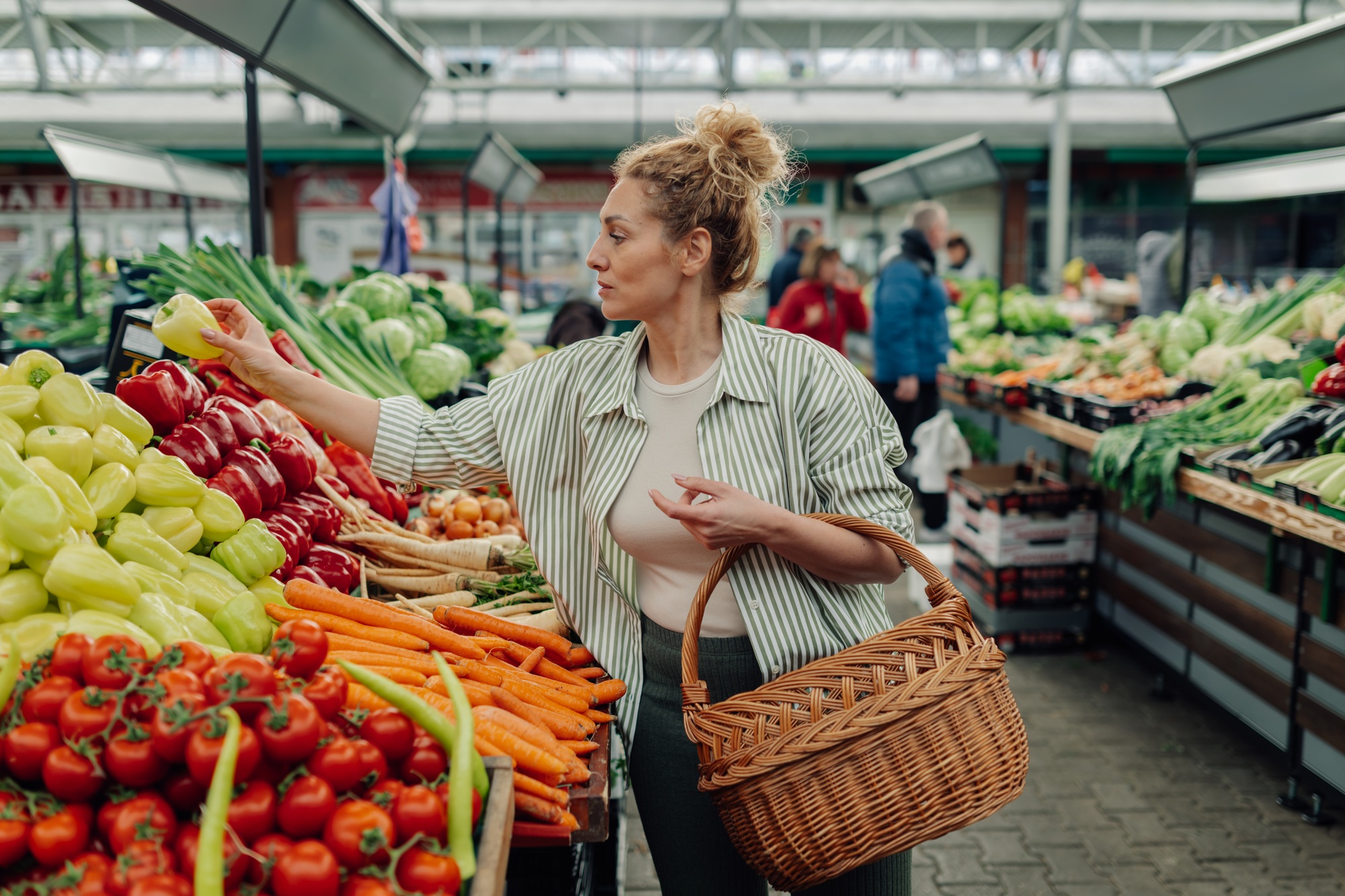
Selling at farmers markets offers a unique opportunity to connect with your community while showcasing your products. By understanding your audience and choosing the right items to sell you can create a memorable experience for your customers.
Focus on quality and local sourcing to stand out in a crowded market. Engaging with customers and building relationships will encourage loyalty and repeat visits.
Utilizing effective promotional strategies can maximize your booth’s visibility and drive sales. Embrace the vibrant atmosphere of farmers markets and watch your business thrive.
Frequently Asked Questions
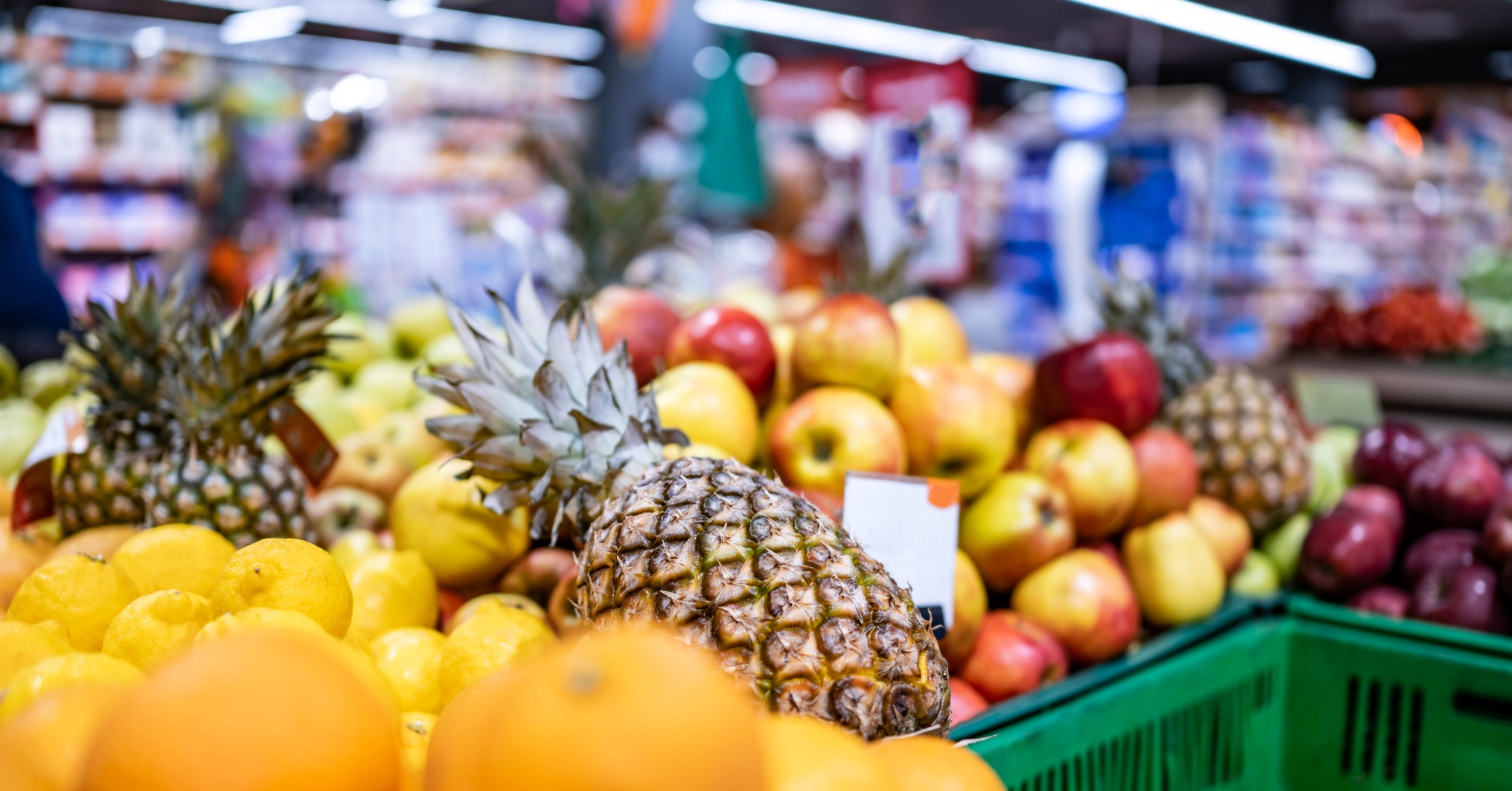
What are farmers markets?
Farmers markets are local gatherings where farmers and producers sell fresh produce, artisanal foods, and handmade crafts directly to consumers. These markets promote community engagement and support local economies by connecting vendors with customers.
Why should vendors sell at farmers markets?
Vendors should sell at farmers markets to tap into a community-focused environment that attracts health-conscious consumers. It’s an excellent way to increase brand visibility, build customer relationships, and showcase high-quality, locally sourced products.
What items are popular to sell at farmers markets?
Popular items at farmers markets include fresh produce like fruits and vegetables, baked goods, dairy products, meats, and handmade crafts such as soaps and candles. Items that emphasize quality and sustainability often attract more customers.
How can vendors enhance customer experience at farmers markets?
Vendors can enhance customer experience by creating inviting displays, greeting customers warmly, and offering samples. Building relationships through storytelling about products can encourage loyalty and repeat visits.
What pricing strategies work best for farmers market vendors?
Setting competitive prices that reflect quality is key. Vendors should consider local market rates and may increase sales through bundle deals or discounts for larger purchases, ensuring both value for customers and business sustainability.
How can social media help vendors at farmers markets?
Social media platforms like Instagram and Facebook can boost a vendor’s visibility by informing customers about their offerings and market presence. Engaging content can attract new customers and encourage them to visit their booths.
What promotional strategies can vendors use at farmers markets?
Vendors can implement eye-catching displays, clear signage, and samples to attract attention. Networking with other vendors for events and using email marketing to share promotions can enhance booth visibility and increase foot traffic.
Image Via Envato: AFGreen, zamrznutitonovi, kovalnadiya, fotodestock, Great_bru, DC_Studio, breejeanjohnson


